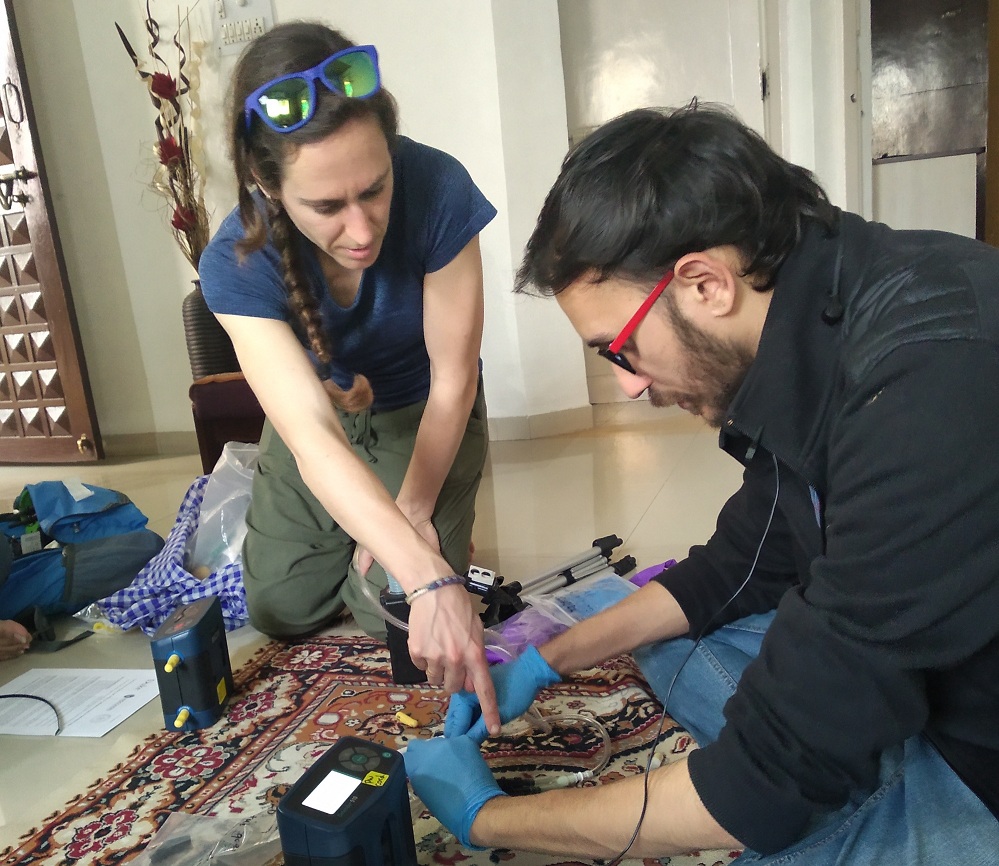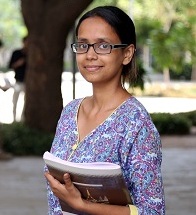Were you aware that indoor air pollution can potentially be up to ten times more harmful than outdoor air pollution?
According to the World Health Organization, approximately half of the cities with the worst air pollution are in India. Moreover, the Indian cities also occupy the major positions in the top-ten list of the most air-polluted cities worldwide. Every year, around two million people die in the country because of high particulate matter (PM) concentrations, and this number surpasses all other health-risk factors such as smoking, diet, and high blood pressure.
A crucial point worth mentioning here is that the air pollutant composition and sources in India differ from the highly polluted cities of other countries across the globe due to differences in infrastructure, cultural practices, and other policies. While awareness about regular monitoring of PM in the country is increasing, only a handful of studies investigate volatile organic compounds (VOCs), which play essential roles in hampering human and environmental health.

Very few India-centric research projects have tended to focus on specific sources viz., petrol stations and refineries, and particular indoor locations such as libraries, dormitories, campus shops, restaurants, shrines, temples.
A vast gap remains when it comes to characterizing and understanding the levels and compositions of both PM and VOC in typical households during normal daily activities, especially in those that do not utilize biomass for tasks like cooking and heating.
“This study will analyze the indoor VOCs, PM, and flame retardants in the household dust, based on various parameters, from typical urban homes of India. We will utilize this information to draw comparisons with other countries like China as a part of the Underwriters Laboratories funded collaboration,” said Dr. Chinmay Ghoroi, one of the collaborators and Professor in Chemical Engineering at IIT Gandhinagar.
The important question is – What is the need to collect data from two different seasons?


“We have done some preliminary studies on the concentrations of several toxic compounds and collected data during summers (May 2019) when people keep their windows open. It leads to the entry of lots of pollutants from industrial and vehicular emissions in high concentrations. In the winters, it is the opposite. They close the doors and windows of their homes. As a result, the indoor air pollutant concentrations build up indoors. Our objective is to probe this difference to get an actual estimate of the indoor air pollutants,” explained Dr. Mike Bergin, another collaborator, and Professor in the Department of Civil and Environmental Engineering at Duke University.
Describing the step-by-step procedure, Christina Norris (Research Engineer from Dr. Bergin’s lab) and Aniket Ratnaparkhi (Ph.D. scholar from Dr. Ghoroi’s lab) expressed, “We start with explaining the project to the families from where we are taking the samples. After their consent, we install some low-cost sensors and sampling tubes inside and outside the houses, for which we try to find places that are at their breathing height. The data collected by these trackers will help us to gain an understanding of the most harmful pollutants which require detailed investigations in the future.”
The long term aim of this project is to spread awareness in public about the sources of indoor air pollution and develop strategies to minimize their damaging effects.
Such collaborative experiences promote an interdisciplinary and multicultural research environment, which is beneficial in practically addressing the burning problems of today’s world.

— — — — — — — — — — — — — — — — — — — — — — — — — —— — — — — — — — — — — — — — — — — — — — — — — — — —— — — — —
** This story has also been published on Medium.
Featured Image Source: siliconindia.com

APEKSHA SRIVASTAVA
Senior Project Associate

